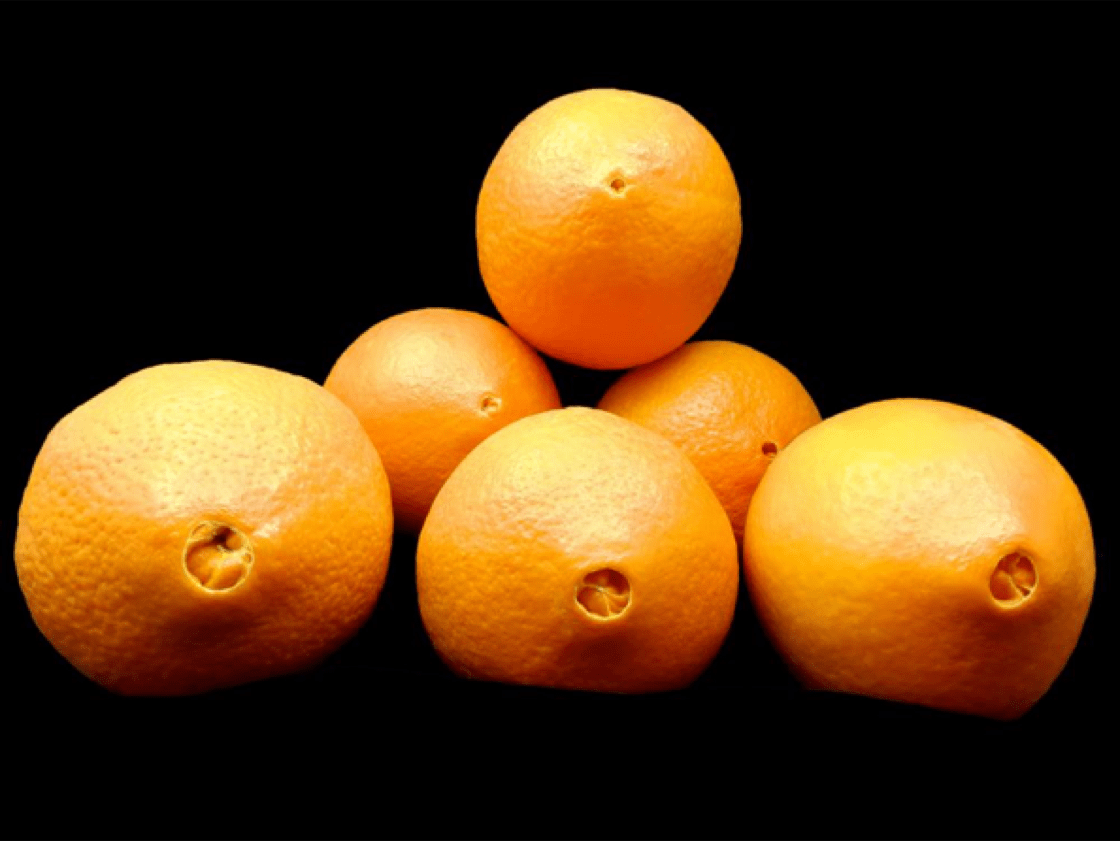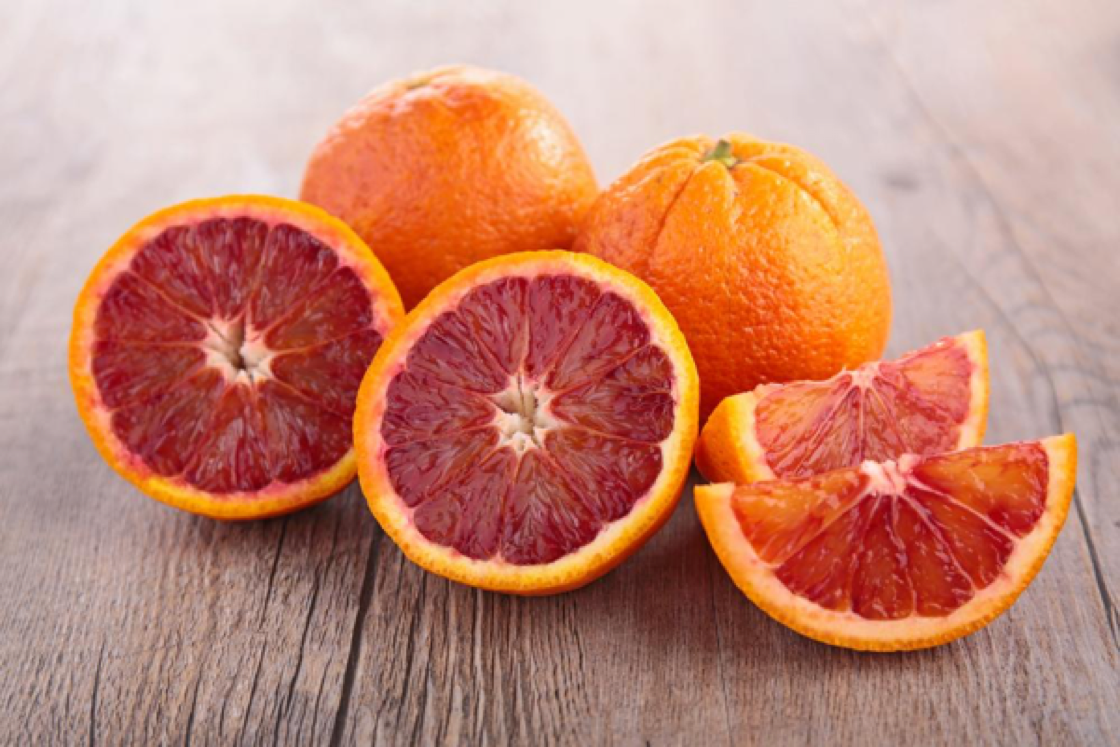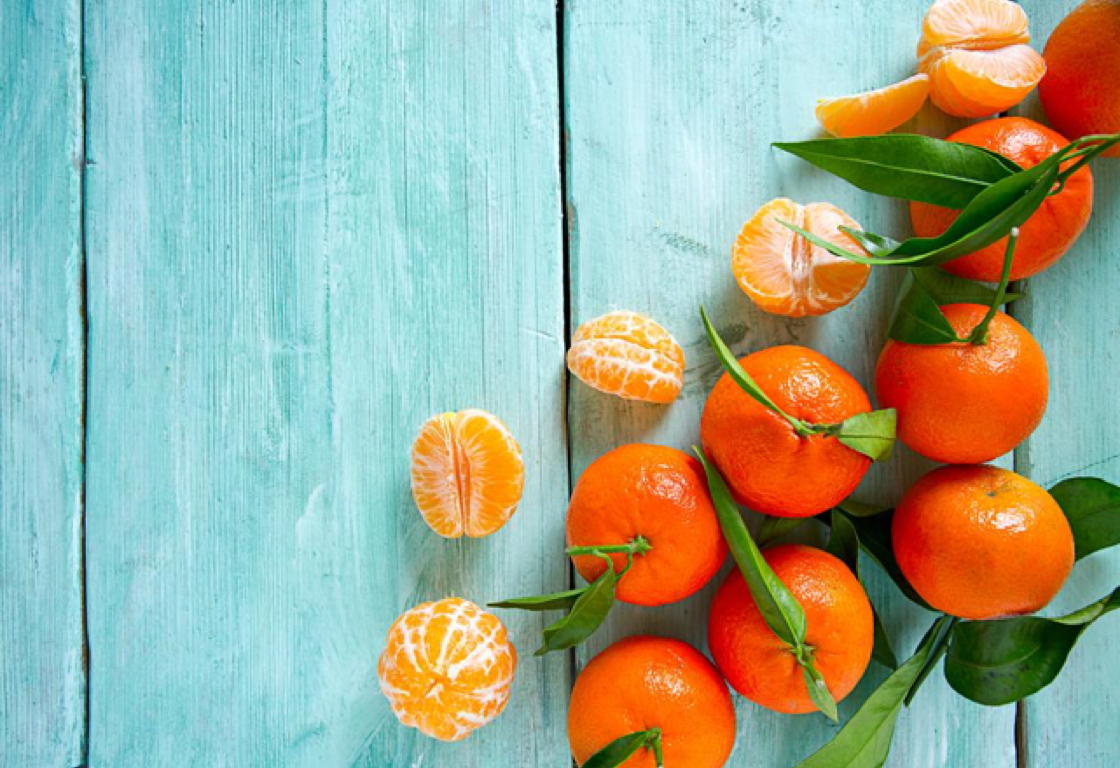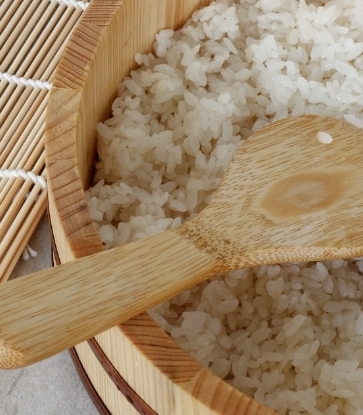
The most common orange variety stocked by grocery stores, the navel orange gets its name from its “navel”, which is a second fruit that protrudes slightly at the apex of the orange, resembling a human navel. These oranges are on the larger side and have thicker skin, which make them easy to peel for consumption. However, they are less juicy and more bitter than other oranges, so they are not the best choice for orange juice. They will, however, make a great snack after dinner.

If you thought oranges were just orange, blood oranges will surprise you with their rich, ruby, almost blood-coloured flesh underneath their thick orange skin, which is where the name originated from. They are medium-sized fruit that are considered the most aromatic in the orange family and have a tart and sweet flavour. Blood oranges are considerably juicy, so you’ll have to watch out when biting into these beauties. Due to their vibrant and crimson colour, they make a great garnish on cakes and desserts.

Mandarin oranges are a smaller alternative to the regular orange, with looser skin, sweeter taste and lesser acidity. Many orange varieties fall under this mandarin family tree, such as tangerines and clementines, both of which have their own unique characteristics and different flavours.

While oranges are larger and tarter in flavour, tangerines are smaller in size and sweeter. Their skin is also softer and not as thick, which makes them easier to peel. They are also highly effective in combating premature skin ageing, as they contain more vitamin C than your normal orange. If you’re looking for a snack that can aid in your skincare, tangerines are the best choice.

Small and seedless, clementines are favoured for children as they are less of a choking hazard. This characteristic also makes them ideal for a quick and mess-free snack. They are often branded as “Cuties” in the United States due to their petite size. Clementines have a flat apex, which results in the fruit having an oval shape, as compared to navel and blood oranges. Their skin is thin and glossy, a sharp contrast to the navel orange’s rougher surface.




















